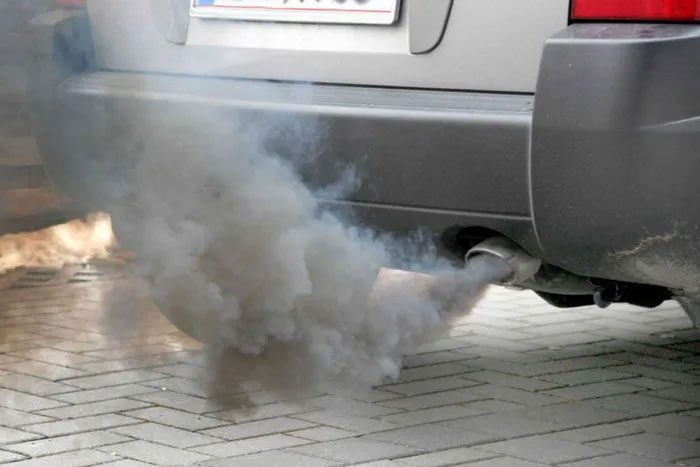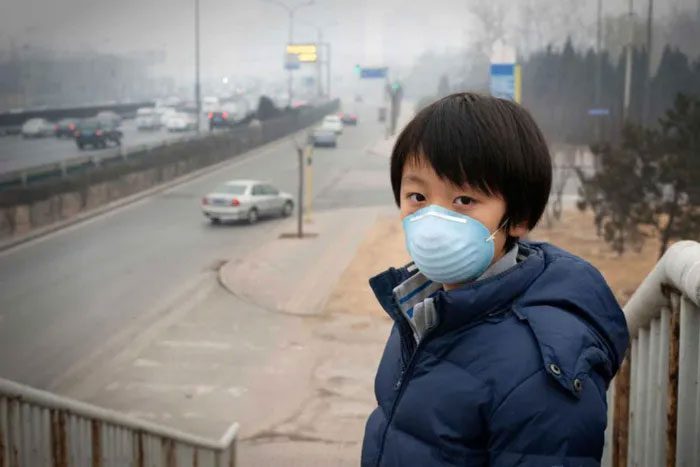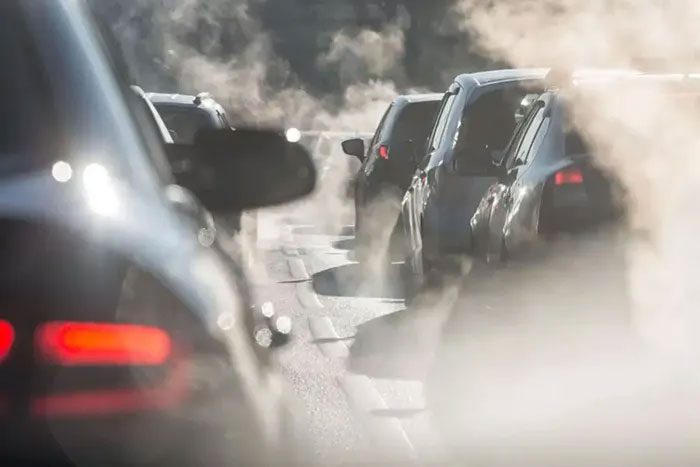Many countries around the world have set a timeline to phase out internal combustion engine vehicles in favor of producing and circulating clean energy vehicles, including electric cars. This policy is part of their commitment to global climate change initiatives. However, during the “green transition”, interest groups have emerged to delay this timeline.
Recently, Car From Japan published a comprehensive article highlighting the downsides of internal combustion engine vehicles. Technically, car engines generate propulsion energy by burning fuels such as gasoline and diesel, converting thermal energy into mechanical energy. This process emits several harmful gases, including nitrogen oxides (NOx), carbon monoxide (CO), sulfur dioxide (SO2), benzene (C6H6), formaldehyde (CH2O), and soot. All of these gases contribute to environmental pollution, exacerbating the greenhouse effect, damaging the ozone layer, and destroying habitats. In particular, they pose serious health risks to humans.
The Drive cites statistics from market research firm Hedges & Company, estimating that in 2023, there are about 1.47 billion cars on the road worldwide. This number includes electric vehicles and hybrids, but their proportion is very small.
Let’s take a closer look at the reality of how these internal combustion engine machines, which dominate the global landscape, are contributing to air pollution.

The massive number of cars leads to a significant amount of toxic emissions being released into the environment. (Photo: Faz).
51% of Toxic CO Emissions
One of the most shocking statistics is that fossil fuel-powered vehicles are responsible for approximately 51% of carbon monoxide (CO) emissions. This gas contributes to smog, deteriorates air quality, and is a leading cause of death from gas poisoning.
31% of Toxic CO2 Emissions
Along with CO, carbon dioxide (CO2) is another harmful compound that contributes to air pollution. About 31% of CO2 in the atmosphere is emitted from internal combustion engine vehicles. Excessive CO2 in the environment is detrimental to human health and harmful to the ozone layer. CO2 is also a major contributor to the greenhouse effect, leading to rising global temperatures.
34% of Toxic NOx Emissions
Statistics show that gasoline and diesel vehicles also emit nearly 34% of total nitrogen oxides (NOx) and all volatile organic compounds into the environment. These elements are not only harmful to human health but also to plants and animals.

A boy wearing a mask to reduce the effects of air pollution from cars in Beijing. (Photo: ShutterStock).
Indirectly Causing Acid Rain
In addition to the aforementioned toxic gases, car exhaust systems also release many other harmful components, such as nitrogen dioxide (NO2) and sulfur dioxide (SO2). These gases rise high into the atmosphere, reacting with water and oxygen, and combining with other harmful chemicals to create acid rain.
Acid rain causes death to flora and fauna, contaminates natural water sources like rivers and lakes, and has negative impacts on the environment.
Benzene and Formaldehyde as Carcinogens
Formaldehyde and benzene are primarily used by manufacturers in the plastic components of car dashboards, carpets, seats, and adhesives in decorative panels. Both are recognized as carcinogens, with benzene posing risks to reproductive health and development.
If someone spends more than 20 minutes in a car daily and experiences unexplained tearing, it may indicate high levels of these two gases in the vehicle. The respiratory system is particularly sensitive to these toxins; inhalation can lead to dry throat, bronchitis, skin allergies, rashes, and even pneumonia or hepatitis if formaldehyde levels are high.

Vehicle emissions are one of the contributors to global climate change. (Photo: LanaElcova)
With over 1.47 billion cars currently in circulation worldwide, the toxic gases and other components emitted by gasoline and diesel vehicles are accelerating the warming of the planet. Everyone is experiencing the negative impacts of severe climate change.
Today, governments are addressing air pollution caused by internal combustion engine vehicles through strategies for green transitions and the electrification of transportation, such as a complete shift to electric vehicles (EVs) and the adoption of other clean energy technologies. Electric vehicles certainly do not produce the harmful emissions associated with internal combustion engines, but they face challenges when electricity is generated from coal-fired power plants. Nevertheless, smoke-free vehicles remain the primary solution and the best option available today for communities to work together to protect a green and clean living environment.



















































